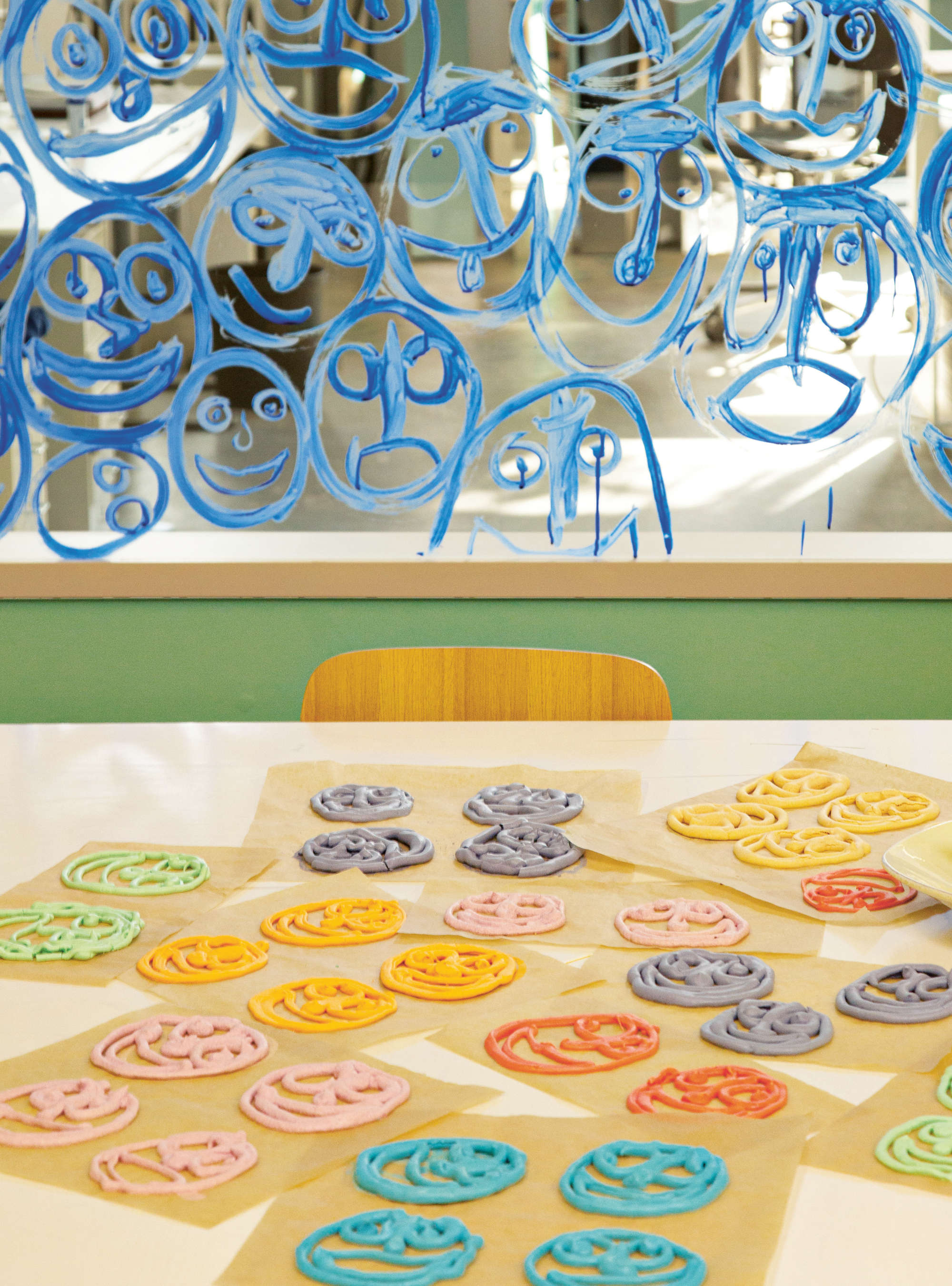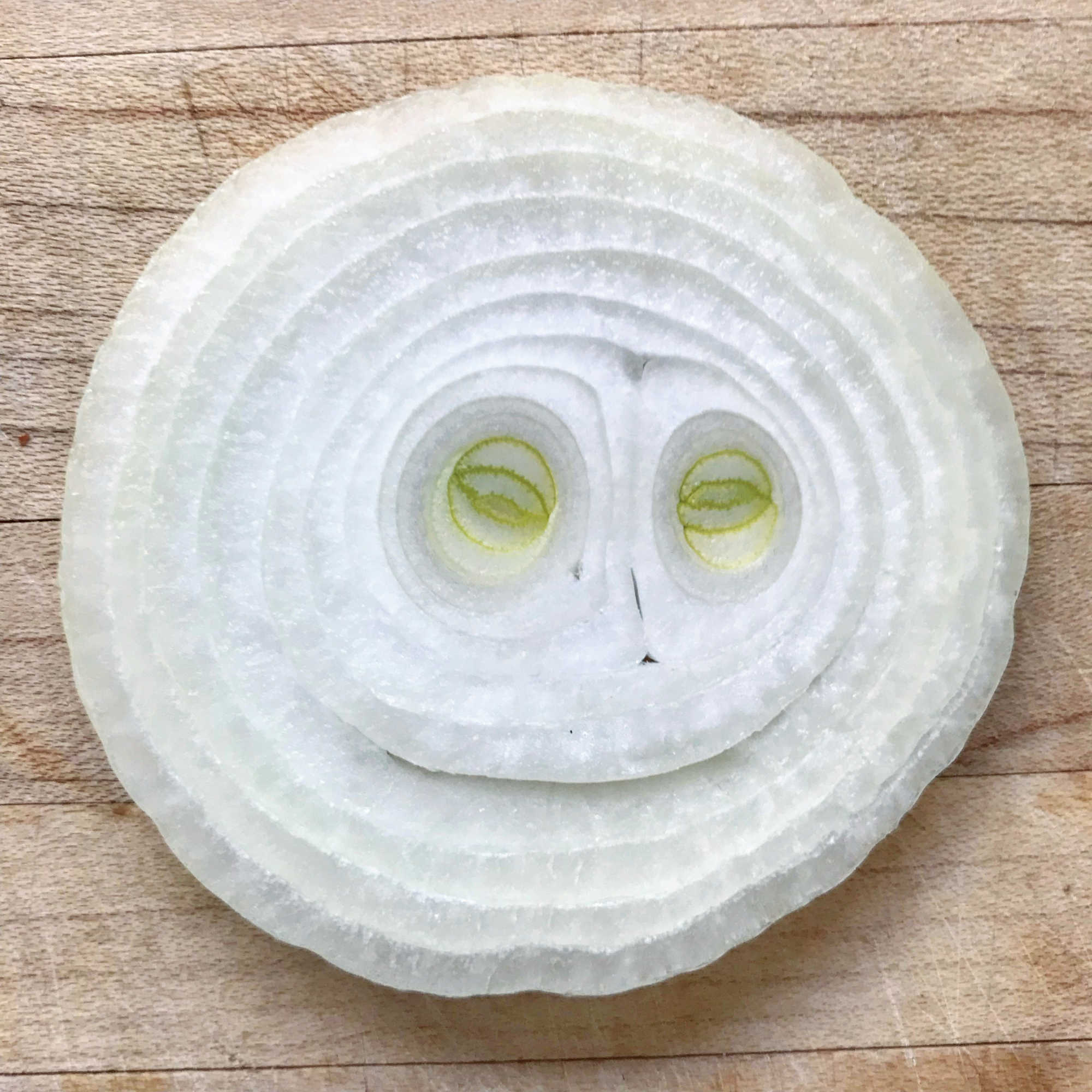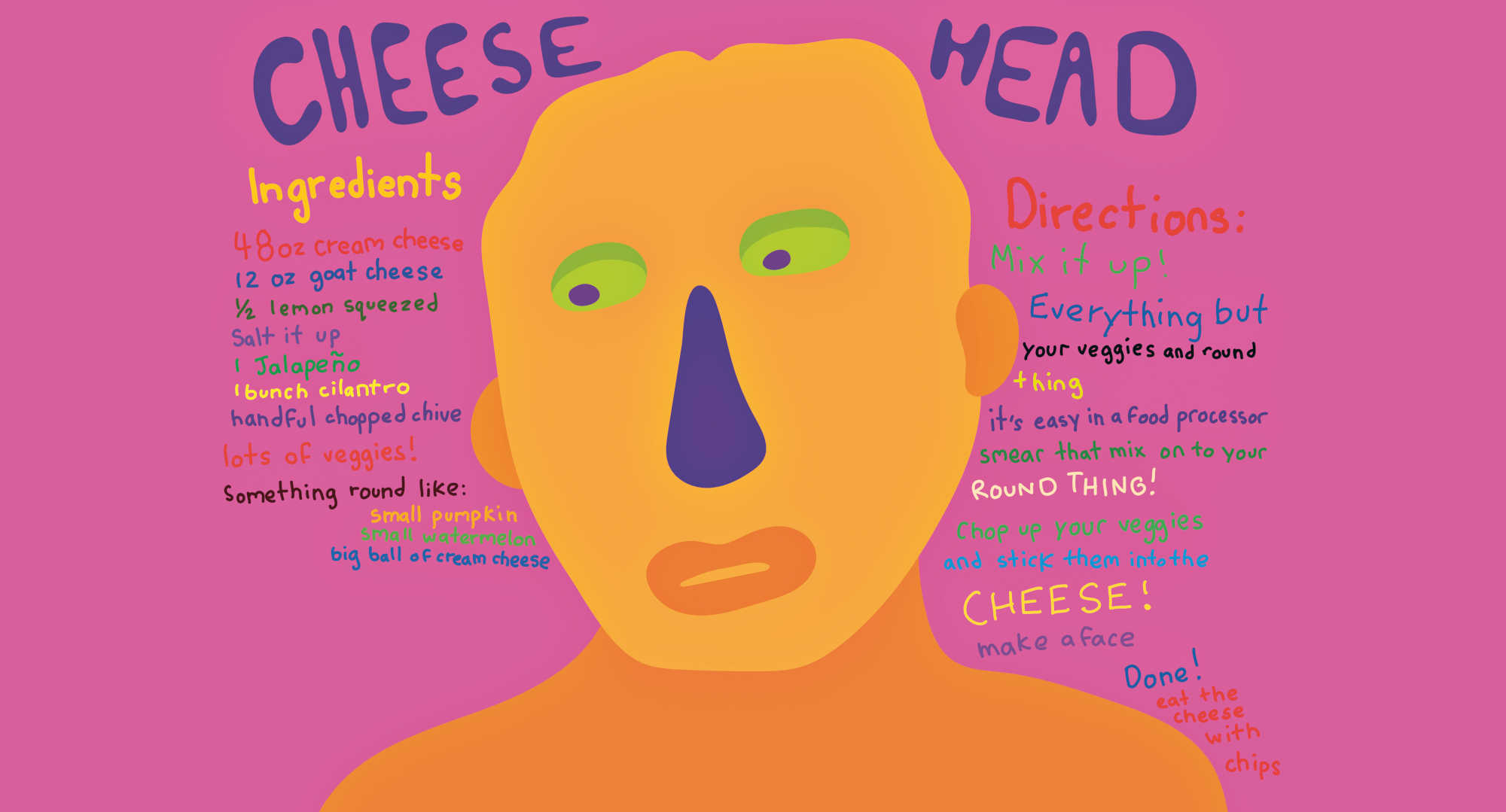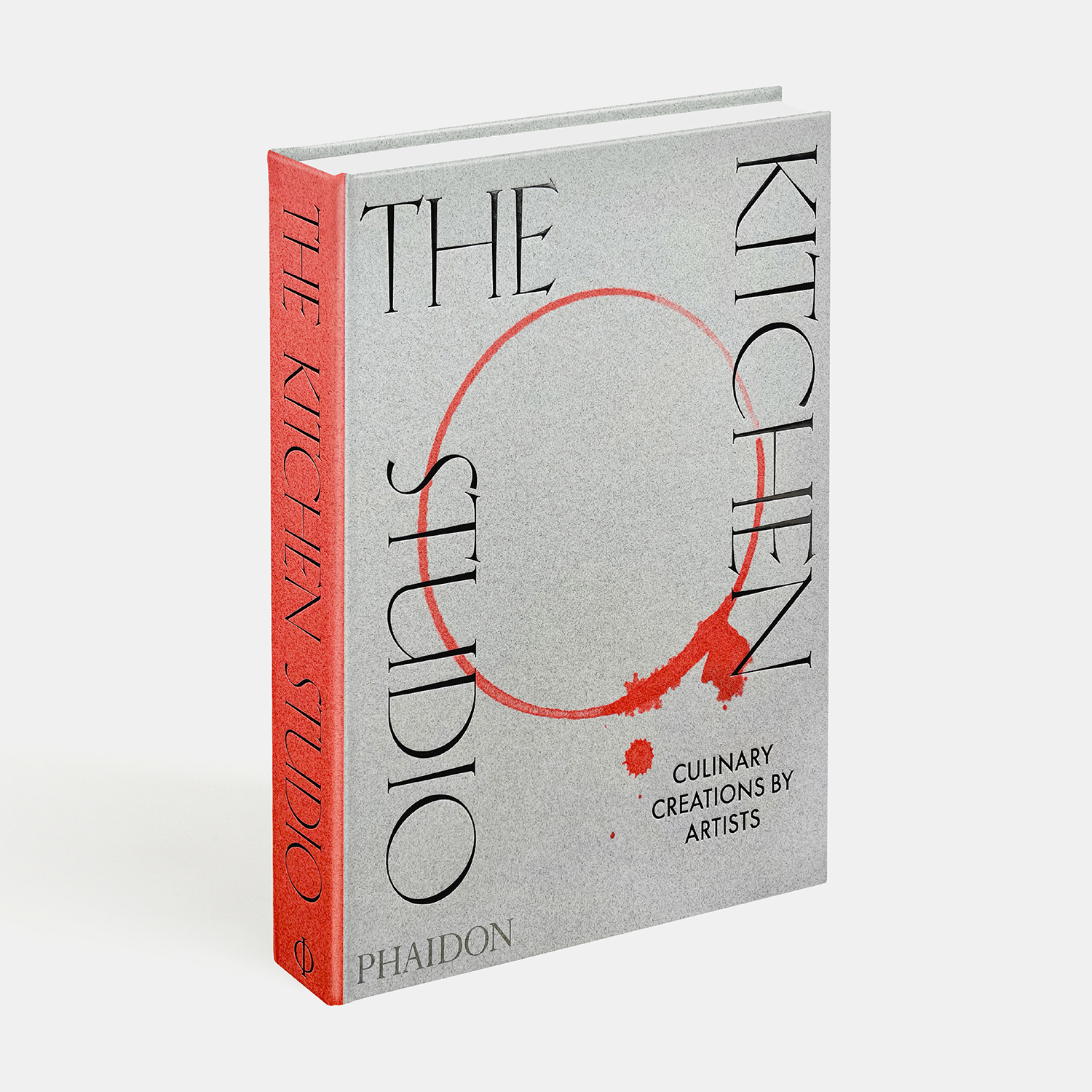
Put a smile on your plate, like an artist
A good many artists have created face-like food works for our new book The Kitchen Studio. Here’s how to recreate them
In his introduction to our new book of artists’ recipes, The Kitchen Studio, the chef and art collector, Massimo Bottura, describes the ways in which this title differs from conventional cookbooks.
“More than instructions on how to make a cake or a casserole, these recipes are like self-portraits. They are like little windows for spying into the artist’s studio,” he writes. “We are invited to look around and be curious about what is happening. The Kitchen Studio is a visual adventure. It is a gallery of portraits.”
In most instances, Bottura’s characterisation of these recipes as portraits is figurative. Artists such as Olafur Eliasson, Carsten Holler, Ghada Amer and Jimmie Durham, all provide dishes that don’t actually look like them, but do reveal something meaningful about their various artistic practices.
However, in other cases, a little genuine foodie portraiture peeks through. Alongside multidisciplinary artist Olaf Breuning’s ambling guide to creating a ‘fake’ Japanese breakfast (which features fish, rice and miso, but isn’t all that authentic, according to Breuning’s Japanese wife), are a series of face-like food shots, such as this one, below.

“Several years ago, I joined Instagram because all of my friends were on it,” explains the artist. “I did not want to be a creep and just follow without posting, so I thought faces are a neutral space to not overexpose my privacy. In retrospect, it was a noble thought, but as we know, often good intentions have nothing to do with reality. After a few years, I guess people who follow me on Instagram know what I am eating each day. Most of the Insta-faces became food faces discovered while cooking.”
Danish sculptor Jeppe Hein goes a little further in his recipe, by actually creating face-shaped food in his recipe Today I feel like… meringues! (top image).
To make 20 of these meringue faces it you’ll need 120 g of egg whites (from 2–3 large eggs), a few drops of lemon juice, 150 g of caster (superfine) sugar, a pinch of salt, a
pinch of cornstarch (cornflour), a pinch of baking powder, as well as natural food dyes such as turmeric or elderberry juice.
Place the egg whites and lemon juice in a clean, dry mixing bowl. Whisk using a hand whisk or an electric mixer until foamy. Slowly add the sugar, salt, cornstarch (cornflour) and baking powder, and continue to whisk the mixture until it becomes thick and glossy. Colour the meringue mixture using your chosen natural food dyes. Fill a pastry (piping) bag with the dyed meringue mixture, snip off the end and draw 20 faces (10-15 cm/4-6 inches wide) on a baking sheet lined with baking paper. You may need more than one pastry bag if you have dyed the meringue different colours.
Place the meringue faces in the preheated oven on the middle shelf and bake for an hour. Turn off the oven. Open the oven door and leave the meringues on the baking sheet until cool.

Finally, the US artist Nikolai Haas, offers a more sculptural take on food portraiture with his cheese head, a spiced goat’s cheese confection, built upon a small pumpkin (or other suitably sized vegetable) and decorated with additional vegetables. Once complete, the artist advises readers to eat the cheese head with chips (crisps), though first-time sculptors may wish to admire their work for a little while.
To get the full recipes, as well as much more, order a copy of The Kitchen Studio here.
